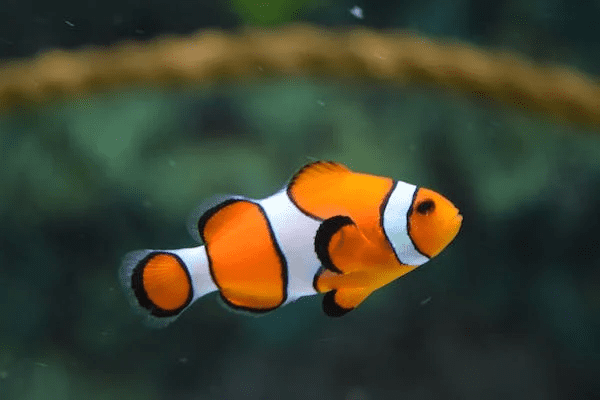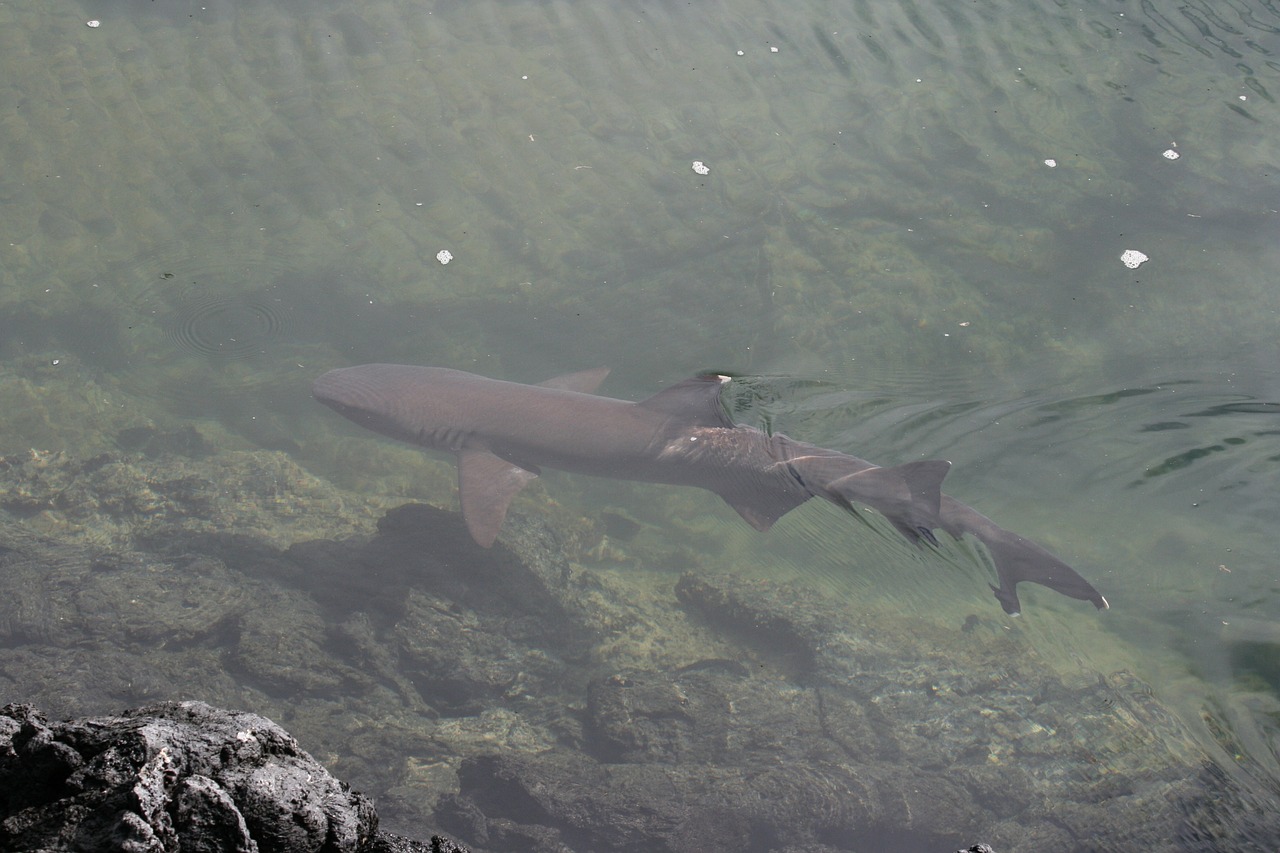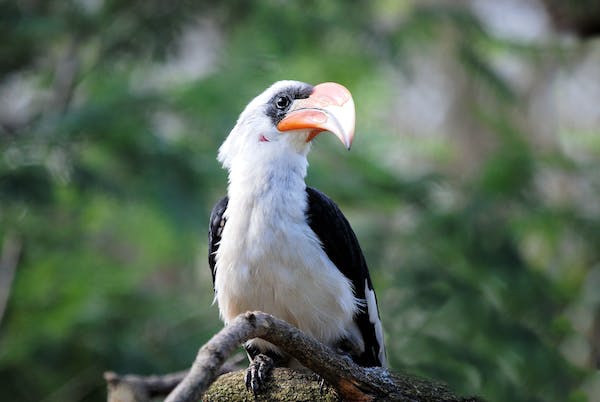Introduction
Welcome to the fascinating world of Serpae Tetras! If you’re an aquarium enthusiast or a beginner looking to add a splash of color to your tank, you’re in for a treat. We will examine the nuances of Serpae Tetras in this extensive guide, offering insightful information on how to take care of them, how they breed, and how to set up an aquarium that will maximize their wellbeing.
Serpae Tetras
Serpae Tetras, scientifically known as Hyphesso brycon eques, are small, vibrant freshwater fish native to South America, particularly the Amazon River basin. These fish are renowned for their striking red and black coloration, making them a popular choice among aquarists. Let’s unravel the key aspects of these captivating tetras.
Physical Characteristics
Serpae Tetras boast a streamlined body adorned with vibrant red and black hues. The intensity of their colors can vary, with some individuals displaying deeper shades than others. Their fins are marked with distinctive patterns, creating a visually stunning display as they gracefully move through the water.
Habitat and Natural Behavior
In the wild, Serpae Tetras inhabit slow-moving streams and tributaries, often surrounded by dense vegetation. It is essential to comprehend their natural habitat in order to replicate an appropriate environment in captivity.
These tetras are known for their schooling behavior, so keeping them in groups of at least six individuals is recommended to ensure their social well-being.
Aquarium Setup
Creating an optimal aquarium environment is essential for the health and happiness of your Serpae Tetras. Aim for a tank size of at least 20 gallons to accommodate their schooling nature. Provide plenty of hiding spots and incorporate live plants to mimic their natural surroundings.
Maintaining a stable water temperature between 72°F to 78°F and a slightly acidic to neutral pH level is ideal.
Diet and Feeding
Serpae Tetras are omnivores, and their diet should include a balanced mix of high-quality flakes, pellets, and live or frozen foods. Supplement their diet with brine shrimp, bloodworms, and daphnia to ensure they receive essential nutrients for vibrant colors and overall well-being.
Health Considerations
To keep your Serpae Tetras thriving, monitor water parameters regularly and perform routine water changes. Be vigilant for signs of common aquarium diseases, such as ich or fin rot. Quarantine new additions to prevent the spread of potential infections, and consult with a knowledgeable veterinarian if health concerns arise.
Breeding Serpae Tetras
Witnessing the breeding behavior of Serpae Tetras can be a rewarding experience for aquarists. To encourage breeding, provide a separate breeding tank with fine-leaved plants for egg-laying. Maintain a slightly warmer water temperature around 80°F and ensure a well-balanced diet to support the breeding pair.
Water Quality Maintenance
Maintaining pristine water quality is paramount for the health of your Serpae Tetras. Regular water testing and scheduled water changes are Essential to prevent the buildup of harmful substances.
Invest in a reliable filtration system to keep the water clean and well-oxygenated. Adequate filtration will also assist in removing debris and maintaining a stable nitrogen cycle.
Behavioral Observations
Take the time to observe the behaviors of your Serpae Tetras regularly. Healthy individuals will display vibrant colors, active swimming, and cohesive schooling. If you notice any changes in behavior, such as lethargy, loss of color, or erratic swimming patterns, it may indicate an underlying issue.
Prompt action, such as adjusting water parameters or seeking professional advice, can help address potential problems before they escalate.
Educational Resources for Aquarists
Aquarists, both seasoned and beginners, benefit from staying informed about the latest developments in fishkeeping. Explore reputable books, online forums, and aquarium societies to expand your knowledge and connect with fellow enthusiasts.
Sharing experiences and insights can contribute to the well-being of your Serpae Tetras and other aquatic inhabitants.
Conservation Awareness
As responsible aquarium enthusiasts, it’s essential to be mindful of the environmental impact of the pet trade. Research the origins of your Serpae Tetras to ensure they are ethically sourced.
Support conservation efforts and initiatives that aim to preserve the natural habitats of these fish, contributing to the sustainability of their populations in the wild.
Décor and Substrate
Enhance the visual appeal of your aquarium by incorporating suitable décor and substrate. Serpae Tetras appreciate a well-planted tank with plenty of hiding spaces, especially if you have a larger community.
Use fine-grained substrates like sand or small gravel to mimic their natural habitat, and include driftwood or rocks to create a diverse and engaging environment.
Conclusion
In conclusion, the Serpae Tetra is a captivating addition to any freshwater aquarium. By understanding their natural behaviors, providing an optimal tank setup, and offering a balanced diet, you can enjoy the beauty of these vibrant fish in your own home.
Remember, a well-maintained aquarium not only enhances the visual appeal of your living space but also contributes to the overall well-being of your aquatic companions. Happy fishkeeping!





